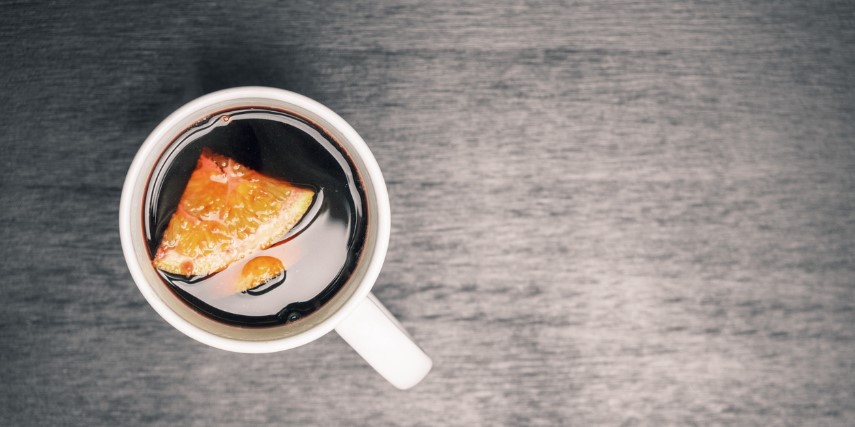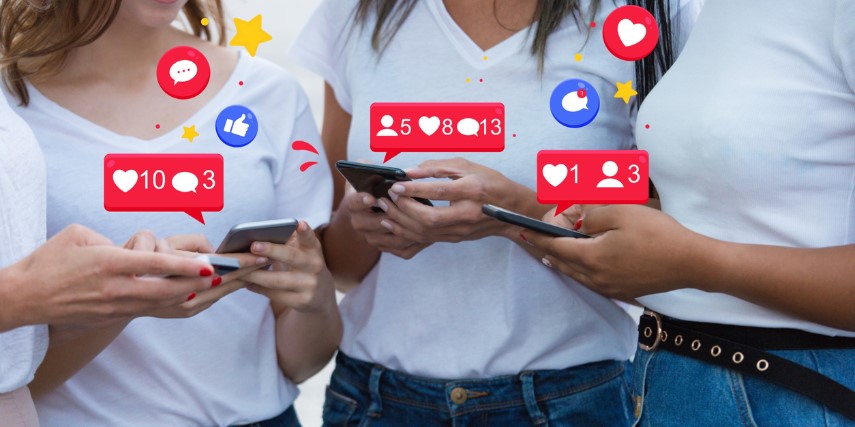It’s pumpkin spice latte season, or PSL season, if you’re among the initiated. It happens long before autumn officially begins, with the news making a splash on social media while everyone is still sweating through August.
You may find it hard to remember the days before pumpkin spice everything took over grocery stores, restaurants and the candle aisle at Target. Not long ago, everyone was sitting around drinking plain coffee all through fall and were probably a bit depressed over it. At least, you might think so.
Today, you can find the flavor sprinkled across every product category, like some kind of sparkling pixie dust that makes all products marketable. For instance, some of the stranger pumpkin spice-flavored products include items you’d never believe sellable, such as Pumpkin Spice Pringles or hummus.

It Nearly Didn’t Happen
In the long-ago days of the early 00s, Peppermint Mocha was the original seasonal flavor from Starbucks. Executives put together a team to brainstorm a comparable fall-themed option, and a wide net pulled in more than 100 flavor ideas. That list was quickly scaled back to ten. Once they reached four flavors, they received approval to move forward with developing them. All along the way, from 100 candidates down to four, pumpkin spice was consistently the long shot at the bottom of the list.
When the team surveyed customers and asked if they would drink a pumpkin spice-flavored coffee, the resounding answer was, “No.” As a result, there were several rounds of conversations between the team and the executives about whether they should even bother trying this one.
The team began its exploration of the flavor by consuming what you might expect: pumpkin pie and coffee together. In some cases, the coffee was poured over the pie. In others, people dunked bites of pie to get the effect. It was surprisingly delicious.

And the customers? While the concept didn’t impress them in theory, the debut of the PSL in two markets, Vancouver, B.C. and Washington, D.C., was successful.
Well…successful is a bit of an understatement. The markets drank so much pumpkin spice latte that Starbucks wasn’t sure they could keep up with the ingredients to make them. The flavor comes from a specially-developed pumpkin spice sauce developed in the Starbucks Liquid Lab.
The Real Secret Sauce
There are probably a lot of people out there who wish they had access to the pumpkin spice sauce, given the crazy level of popularity.
But even if that recipe were delivered to you on a silver platter, it would be nearly irrelevant. Sure, you might come up with a new way to use it, but another ingredient may be just as important as the Starbucks sauce.
It’s nostalgia.
If you’ve ever longed for a particular candy from your childhood (Chewy Sweettarts, anyone?) or been brought to tears by a song from high school that isn’t even good, you know the pull of nostalgia.
Starbucks isn’t selling just a cup of sweetened coffee. While the sugar-caffeine combo might make your insides a bit buzzy, you’re likely drawn to it because it makes you think of past fun you’ve had in the fall: Sitting with friends by the campfire, the smell of your grandma’s kitchen on Thanksgiving, the fun of jumping into a pile of leaves.
And this is why, when social media announces that it’s PSL season, customers come running. They don’t just want a cup of coffee. They want cool nights, football, Halloween and pie. They want cozy and fun.

What’s Your PSL?
You assume that PSL magic simply doesn’t come along for every company (and you’re right about that), but every touchpoint with a customer has the potential for a powerful emotional connection.
It’s unlikely that your connection to your customers happens to be the nostalgia of fall, but there are emotional needs that drive people to your brand. Here are a few examples:
Luxury: If you are a premium-priced brand or a product that tends to be a bit of an indulgence, it may be luxury that draws consumers.
Security: A bank or a service provider, like an attorney or childcare provider, may want to emphasize connecting with potential customers around their need for security.
Escape: A travel company or an entertainment venue may want to highlight the experience of getting away from everyday life.
Freedom: From education to insurance, freedom is applicable to a lot of industries and can be a powerful motivator. It might be freedom from debt, freedom from cleaning a home or freedom from a health issue.
If you have a good understanding of your target audience, you probably already have a pretty good idea of what your emotional connection with them could be. And the benefits of investing in that connection are exciting:
Brand Loyalty: When a customer makes a purchase with you, then notices that you happen to support the same local charity that she does, for instance, you’ve tapped into that emotional connection. She will appreciate that you share the same interests and it will encourage her to become a loyal customer.
Customer Engagement: Tapping into an emotional connection with your audience encourages them to weigh in. You’ll see more comments on social posts and more sharing of your videos.

A Future PSL: Don’t forget that the mostly-forgotten Peppermint Mocha led to the development of pumpkin spice lattes. You may not feel that you’re on the verge of a big idea like a PSL, but you may be on your way to it when you’re in the habit of connecting with your customers on an emotional level.
Time to Connect
Even as you’ve been reading this, you’ve probably narrowed down the ways you connect emotionally with customers. Now what? How do you create those connections in your marketing strategy?
You begin by understanding your audience. Then you cultivate your storytelling so that every touchpoint is a connection with them.
That’s where SJC Marketing comes in. We can help you not only identify the emotional connection you could be having with your customers, but also develop new ways to fold it into your marketing.
Want to learn more? It is fall, after all. So, let’s grab a pumpkin spice latte and talk over your strategy!


